
Made possible by support from the JM Foundation, the Integrated Space Stem Cell Orbital Research initiative has potential to deepen scientists’ understanding of aging and diseases including blood cancer.
Facility name and location: Integrated Space Stem Cell Orbital Research (ISSCOR), Lexington, Kentucky (eventually the International Space Station)
Cost: NASA recently awarded a three-year, nearly $5 million award that is allowing Space Tango and their researcher partners at the Sanford Stem Cell Clinical Center at UC San Diego Health, Sanford Consortium for Regenerative Medicine to develop the ISSCOR Laboratory International Space Station (ISS) and launch three collaborative research projects within it.
Project team: Sanford Stem Cell Clinical Center at UC San Diego Health, Space Tango
Researchers at the University of California San Diego launched blood stem cells into space aboard a SpaceX Falcon 9 rocket to study stress-induced aging and how stem cells and their progeny transform into pre-cancer and cancer stem cells associated with leukemia and other blood cancers.
The project is made possible by dedicated funding from NASA together with Space Tango and a commitment from the JM Foundation to support the Integrated Space Stem Cell Orbital Research (ISSCOR) program at the Sanford Stem Cell Clinical Center and the Division of Regenerative Medicine in the Department of Medicine at UC San Diego School of Medicine.
The JM Foundation was established by Catriona Jamieson, MD, PhD, Koman Family Presidential Endowed Chair in Cancer Research in the Department of Medicine and chief of the UC San Diego Division of Regenerative Medicine, director of the Sanford Stem Cell Clinical Center and deputy director of the UC San Diego Moores Cancer Center, together with Sheldon Morris, MD, MPH, professor in the UC San Diego Division of Infectious Diseases and Department of Medicine Division of Family Medicine.
With support from this transformative gift, ISSCOR sent the first aged bone marrow stem cell nanobioreactor to the International Space Station. Exposure to radiation and microgravity in low Earth orbit can simulate — and speed up — aging in blood stem cells, as well as their transformation into cancer cells. The research team, which is led by Jamieson, will look at how space simulates aging to study stem cell responses to injury, capacity for regeneration, overall stem cell fitness and evolution to blood cancers. The study could lead to the development of new ways to prevent, detect and treat certain blood cancers.
It is a testament to the potential of the research that Jamieson and Morris decided to donate the funding to fuel the groundbreaking project.
“We decided to support ISSCOR not only because it’s an incredibly exciting project, but because our involvement has only strengthened our belief that it holds tremendous promise for advancing human health,” said Jamieson. “It could tell us so much more about how aging and disease impact us so we can better counter it, not to mention how it will shed light on how our bodies adapt to living in and traveling through space. This is a long-term investment in an entirely new way to look at biological processes, and I believe it will be very worthwhile one.”
The research is also being done in coordination with research partners including the National Aeronautics and Space Administration (NASA), the California Institute for Regenerative Medicine (CIRM) and the National Institutes of Health (NIH).
u.
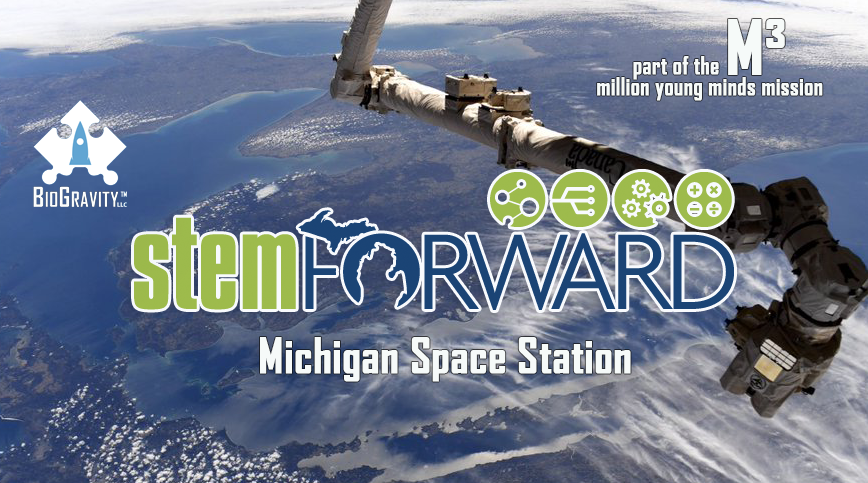

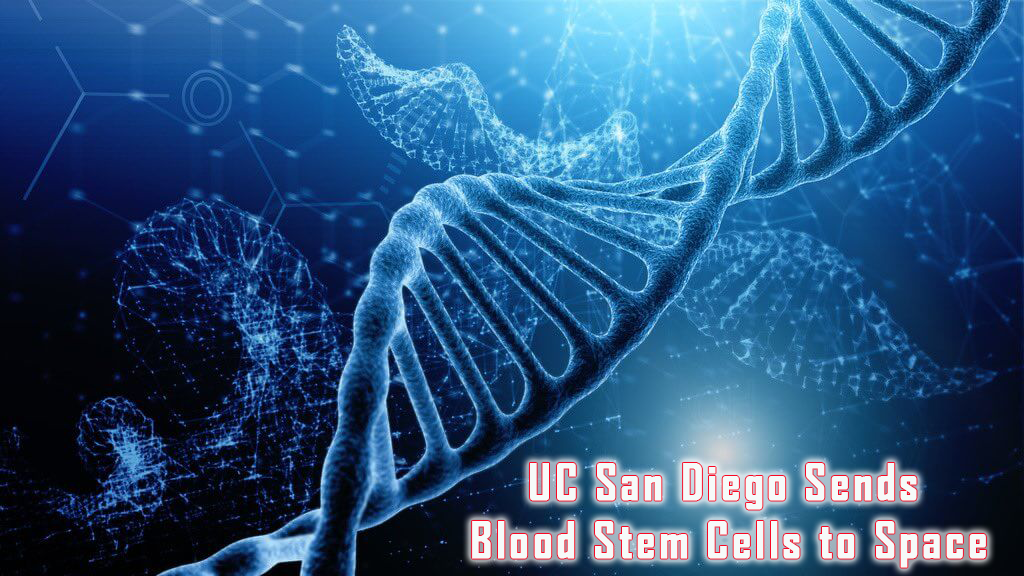
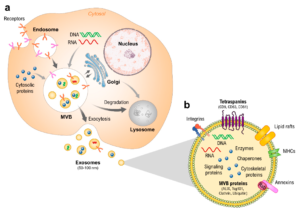
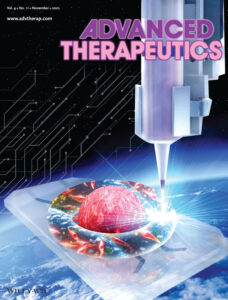
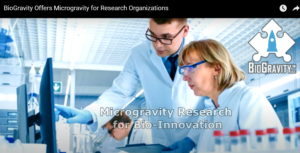
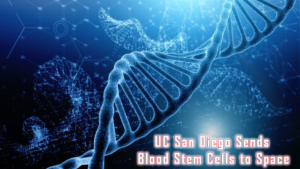
More Stories
What is BioConvergence?
Advanced MicroGravity R&D to Power the Space Race…from BioGravityLLC
Join BioGravity™ for the Human Future